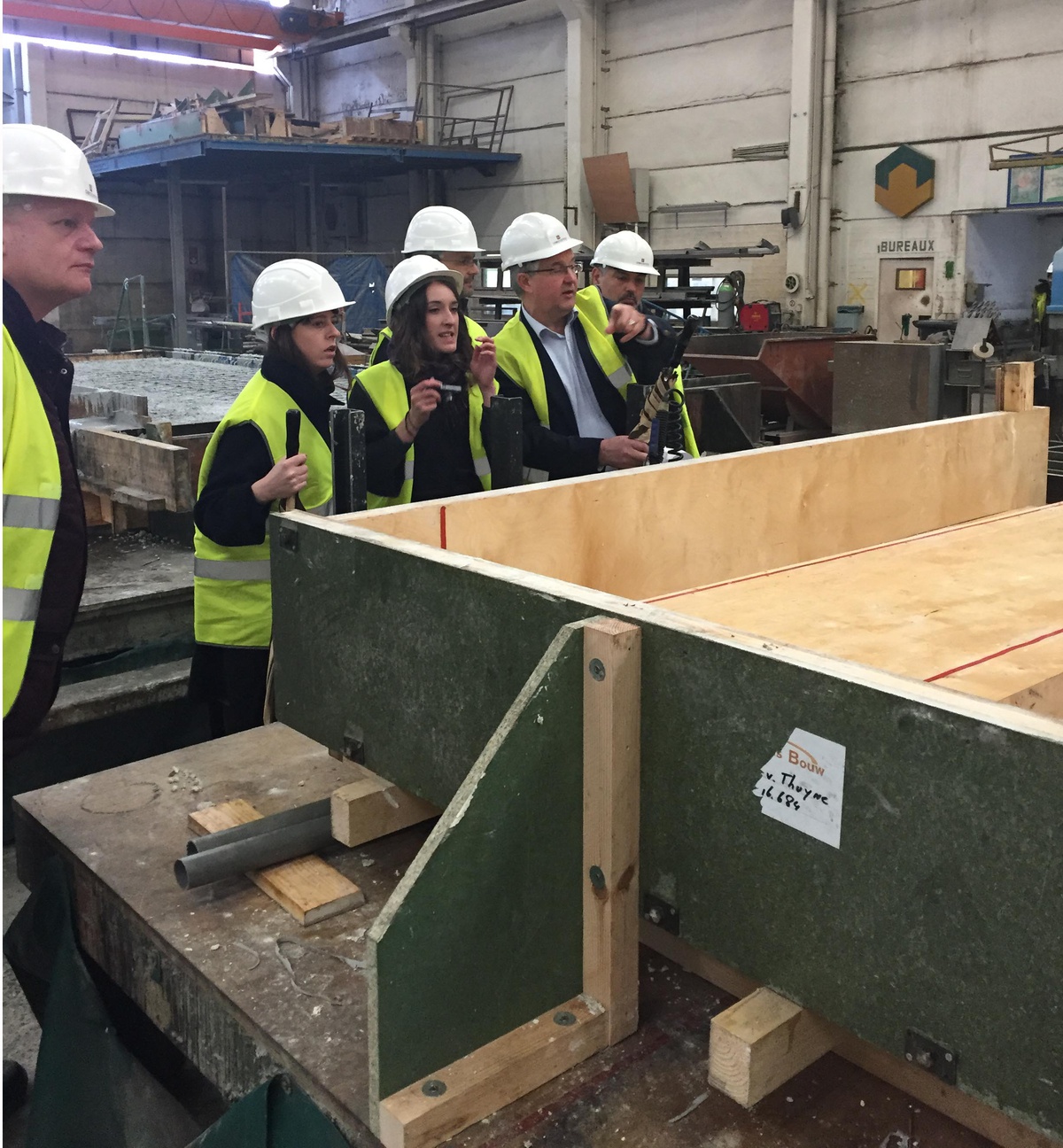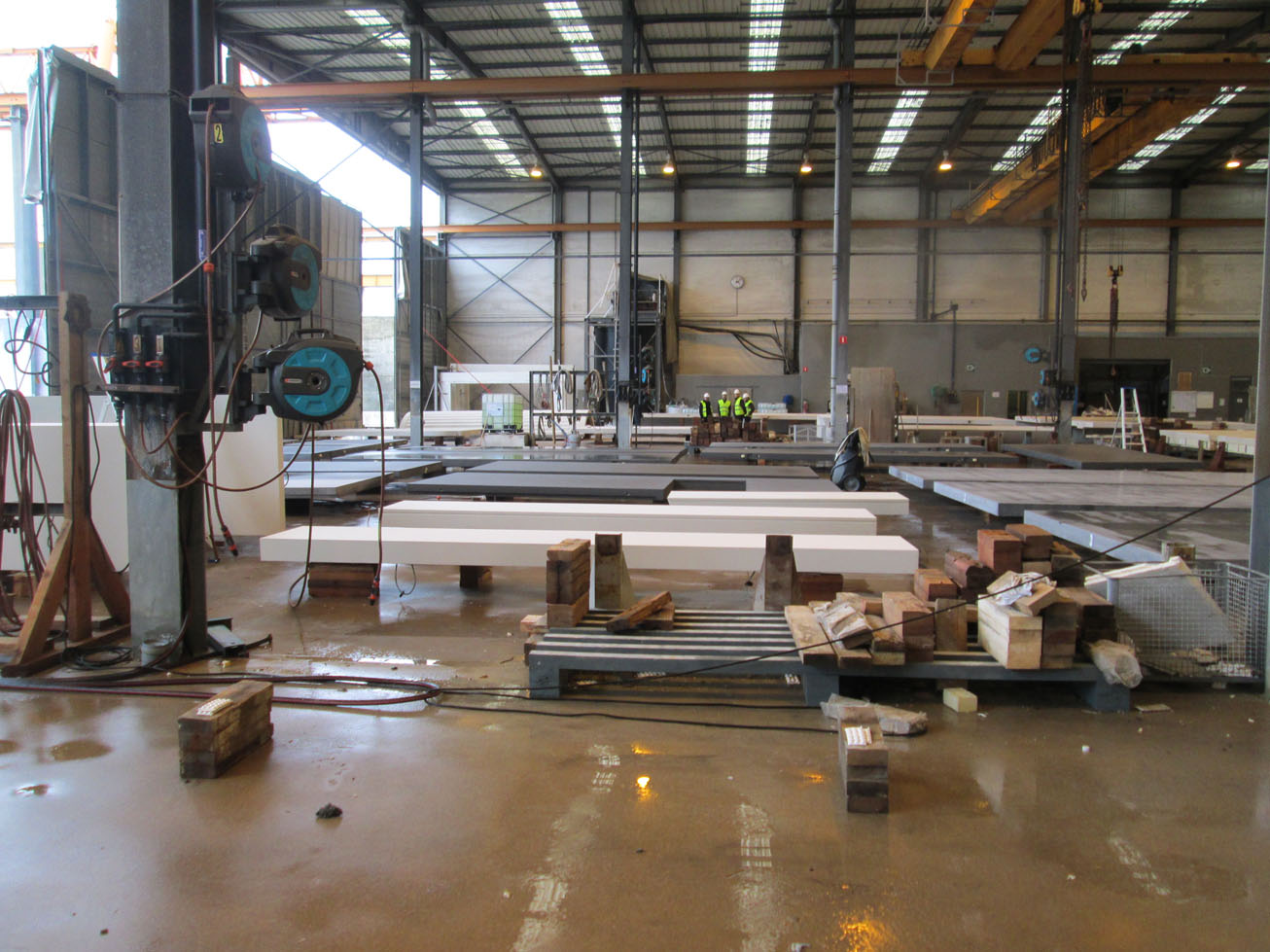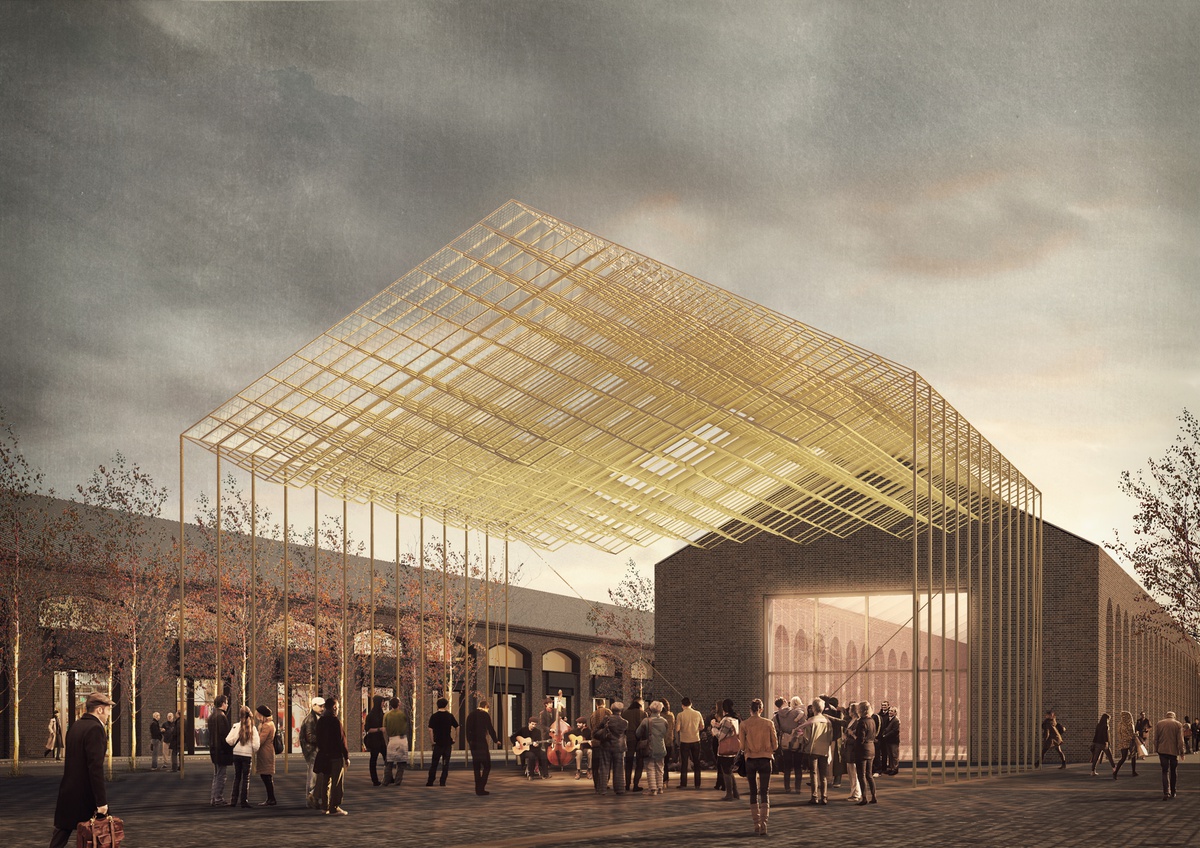BALLIOL FACADE TRIP
APRIL 2017

We are working on new student residential buildings for Balliol College, Oxford. As part of the detailed design development we have been working with a façade sub-contractor based in Belgium, and recently made a visit to their manufacturing factories. The itinerary for the day – a design workshop, a factory tour and a review of samples. Lots of coffee after an early Eurostar, and a good lunch.
There had been several similar design workshops before; where gathered around the meeting table, sketches were scattered as we questioned the architectural intent and the construction details equally. Brick samples sat in front of us, books piled up with precedents opened, past project drawings and models pulled out for reference. How to compose the language to create a calm and unified façade across the site. The engineers, the architects, the craftsmen who will build the façade.

These sorts of discussion are an aspect of everyday practice, and incredibly valuable part of the process – marrying the conversations of design aspiration with the actual making of. The bricks and mortar that see the architecture delivered from the paper to the physical form.
